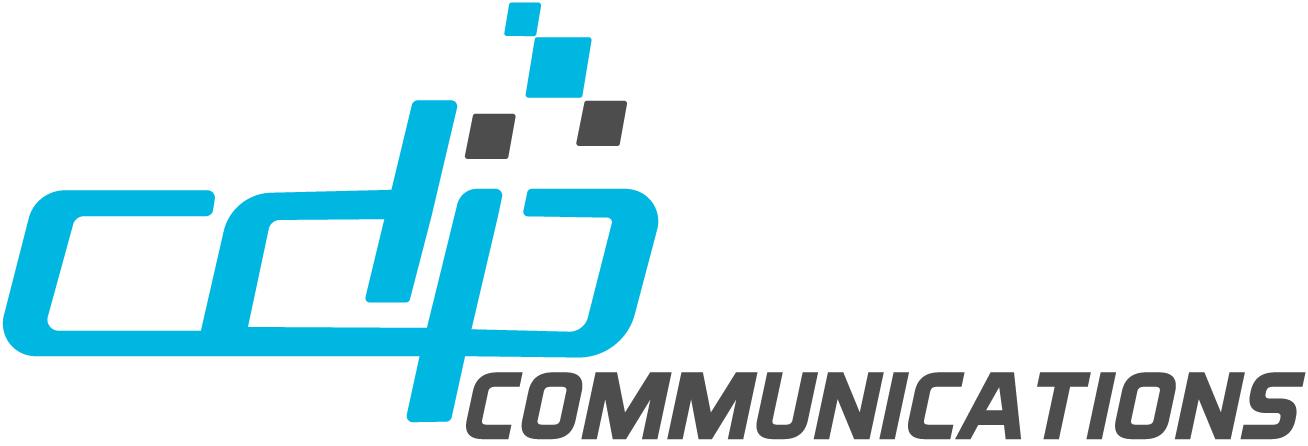How to Check for PDF Accessibility
Are you wondering how to check a PDF for Accessibility? There are common steps that anyone can use to test PDF accessibility. Let’s examine these together briefly and highlight their importance. These steps address the important elements and can help you address issues with the right strategy. So let’s dive in on how to check for PDF accessibility.
Make sure there is Alternative Text for images:
All images must have alternative text (alt-text) descriptions that describe the content of the image. Alt text provides visually impaired users with the information the image is conveying. You can mark images that are purely decorative and do not convey information as ‘decorative’. Some remediators call it, “artifacting”. As a result, assistive technology will ignore and not read the “artifacted” images. This makes for a better user experience.
Reading Order
Checking the reading order of the document ensures that it follows a natural, logical flow. You can use the “Read Out Loud” feature in Adobe Acrobat to achieve this. Simply listen to the document to make sure that the content is in the correct order. If you hear the content skipping around, or reading in an illogical or incorrect sequence, you’ll know that reading order problems exist. Naturally, you must address these issues.
Use PDF Accessibility Tools
You can have your website’s content scanned for its PDF documents:
CDP’s Web Crawler Scan can crawl through your website and give you a report to highlight the accessibility and compliance of the documents contained on your website. It can give you a fulsome and handy overview of all your public-facing documents by categorizing Pass/fail results. It also can show you the rate (as a percentage) of compliance with PDF/UA standards. The report highlights the date it was created, when it was last modified, and who the author is. Furthermore, and perhaps as importantly, it can report what platform it was produced on.
PDF accessibility can be a few clicks away:
These important details can help you strategize further about which documents to remediate and keep. It will also show which ones may no longer be relevant and can be purged. It can also highlight for you which ones are already in great shape and won’t need to be addressed.
Initially, the ones that need to be addressed can be fixed using state-of-the-art software like axesWord and axesPDF. Best-in-breed results come from using the best tools. Moreover, meeting the standards is important, and getting there with the right software is so much easier than going at it with just Acrobat.
Using a Free Accessibility Checker Makes It Easier
Use an accessibility checker tool like PAC2024 to identify existing accessibility issues in the PDF document itself. With easy ‘drag and drop’ functionality and instantaneous reporting, tools like PAC2024 can check for common accessibility issues. These include missing alternative text (aka alt-text) for images, incorrect reading order, as well as other accessibility issues. PAC2024 covers PDF/UA and WCAG aspects in its reporting so you can have assurance about meeting the appropriate standards.
Other Considerations for PDF Accessibility
Use of Color for Accessibility:
Additionally, the document can’t rely solely on color to convey important information. Other visual-based cues like bold text, underlining, or symbols to highlight important information are much more accessible and compliant. These can present great, strategic ways to convey importance or emphasis.
Keyboard Accessibility:
Users must be able to navigate a document using only a keyboard. Users who cannot use a mouse must be able to navigate through the document using only keyboard shortcuts. Otherwise, your document excludes those with disabilities who can’t use pointing devices.
Heading Structure for Accessibility:
Always make sure that the document uses proper heading structure to help users navigate the document easily. Furthermore, use a hierarchy of heading levels (like H1, H2, H3, etc.) to ensure a logical, organized, and more easily navigable structure. Moreover, it’s crucial to use these heading levels in the correct order and with proper nesting to maintain clarity and coherence throughout the document.
Tables for WCAG & PDF/UA:
Ensure that tables are: a) formatted properly and tagged with identified header cells, and, b) the data is presented in a logical order.
So, while many find making accessible tables very tricky, software like axesWord and axesPDF can simplify what would otherwise be a difficult task a snap.
Next Steps:
CDP Communications can help. With powerful approaches that combine manual and automated audits and reporting, toolsets and software, support, training and solutions for digital and document accessibility. In fact, our expertise ensures that you receive comprehensive support throughout your accessibility journey.
Not sure if your existing documents are accessible or not? We will evaluate them for free! Moreover, it’s easy. Simply upload a file, and we will test it for you.




